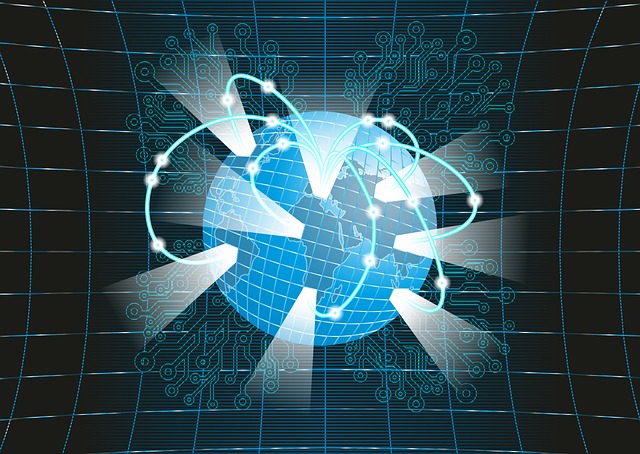AI-assisted property mapping and drone technology are transforming land assessment and landscaping projects by swiftly capturing detailed aerial imagery, analyzing terrain, identifying infrastructure, and optimizing travel routes. This integration reduces manual data collection efforts and costs, while enabling efficient planning, maximizing productivity, and minimizing travel distances for developers, urban planners, and real estate professionals. AI field crew travel time analysis ensures optimal route planning, enhancing overall project efficiency and quality.
In the evolving landscape of property management, AI-assisted property mapping is revolutionizing how we visualize and optimize space. This article explores the synergistic relationship between artificial intelligence (AI) and landscaping drones in enhancing property mapping efficiency. By integrating AI algorithms with drone data collection, property managers can achieve unprecedented insights into terrain analysis and field crew travel time optimization, leading to enhanced operational decision-making and cost savings. We delve into these aspects, focusing on AI field crew travel time analysis for streamlined, data-driven operations.
- Understanding AI-Assisted Property Mapping
- The Role of Drones in Landscaping and Data Collection
- Analyzing Travel Time with AI: Optimizing Field Crew Efficiency
Understanding AI-Assisted Property Mapping

AI-assisted property mapping is transforming the way we assess and visualize land. By leveraging advanced algorithms, drones equipped with AI technology can swiftly capture detailed aerial imagery, enabling precise mapping and analysis. This innovative approach significantly reduces manual data collection efforts and associated costs.
The integration of artificial intelligence in this process optimizes various tasks, such as terrain analysis, infrastructure identification, and travel time estimation. For instance, AI algorithms can analyze drone-captured images to detect and map buildings, roads, and other features, providing valuable insights for developers, urban planners, and real estate professionals. Additionally, AI field crew travel time analysis ensures efficient planning of data collection missions, maximizing productivity and minimizing travel distances.
The Role of Drones in Landscaping and Data Collection

Drones are transforming the landscaping industry by offering efficient and precise solutions for property mapping and data collection. Equipped with advanced sensors and AI capabilities, these drones can capture detailed aerial images and gather critical information about land features, vegetation density, and terrain topography. By automating the data gathering process, drones significantly reduce the time and resources typically required for manual surveys, allowing for faster and more cost-effective project planning and execution.
In particular, AI-assisted drone mapping enables the analysis of large areas in a fraction of the time it would take a field crew to manually inspect them. This technology can identify patterns, track changes over time, and provide valuable insights into land utilization and potential challenges. By optimizing travel routes and minimizing on-site labor, drones contribute to enhanced productivity and cost savings for landscaping projects, ensuring that every aspect of property mapping is thoroughly and efficiently addressed.
Analyzing Travel Time with AI: Optimizing Field Crew Efficiency

In today’s digital age, leveraging AI for efficient property mapping has become a game-changer. By employing AI algorithms in conjunction with landscaping drones, we can analyze travel time for field crews, optimizing their routes and enhancing overall productivity. This technology allows for precise identification of areas that require attention, ensuring that crews spend more time on tasks and less time navigating unfamiliar terrain.
The process involves inputting data about property boundaries, existing vegetation, and desired landscape outcomes into the AI system. Utilizing machine learning, the AI can predict travel routes that minimize crew fatigue and maximize coverage. This not only improves efficiency but also contributes to a better-quality finish, as crews can focus on detailed work rather than simply traveling from point A to B.
AI-assisted property mapping, leveraging drones for data collection, revolutionizes landscaping by enhancing efficiency. By analyzing travel time for field crews, this technology optimizes routes and assigns tasks effectively. This not only reduces operational costs but also expedites project completion, making it a game-changer in the industry. AI landscaping drones are poised to transform how we approach property mapping, ensuring more productive and cost-efficient operations.
